Java设计模式解析之适配器模式的实现方式
 发布于2023-04-29 阅读(0)
发布于2023-04-29 阅读(0)
扫一扫,手机访问

一、什么是适配器模式:
适配器模式主要用于将一个类的接口转化成客户端希望的目标类格式,使得原本不兼容的类可以在一起工作,将目标类和适配者类解耦;同时也符合“开闭原则”,可以在不修改原代码的基础上增加新的适配器类;将具体的实现封装在适配者类中,对于客户端类来说是透明的,而且提高了适配者的复用性,但是缺点在于更换适配器的实现过程比较复杂。
所以,适配器模式比较适合以下场景:
(1)系统需要使用现有的类,而这些类的接口不符合系统的接口。
(2)使用第三方组件,组件接口定义和自己定义的不同,不希望修改自己的接口,但是要使用第三方组件接口的功能。
下面两个非常形象的例子很好地说明了什么是适配器模式:


二、适配器模式的三种实现方式:
适配器模式主要分成三类:类的适配器模式、对象的适配器模式、接口的适配器模式。
1、类的适配器模式:

目标接口(Target):客户所期待的接口。目标可以是具体的或抽象的类,也可以是接口。
需要适配的类(Adaptee):需要适配的类或适配者类。
适配器(Adapter):通过包装一个需要适配的对象,把原接口转换成目标接口。
// 已存在的、具有特殊功能、但不符合我们既有的标准接口的类
class Adaptee {
public void specificRequest() {
System.out.println("被适配类具有 特殊功能...");
}
}
// 目标接口,或称为标准接口
interface Target {
public void request();
}
// 具体目标类,只提供普通功能
class ConcreteTarget implements Target {
public void request() {
System.out.println("普通类 具有 普通功能...");
}
}
// 适配器类,继承了被适配类,同时实现标准接口
class Adapter extends Adaptee implements Target{
public void request() {
super.specificRequest();
}
}
// 测试类public class Client {
public static void main(String[] args) {
// 使用普通功能类
Target concreteTarget = new ConcreteTarget();
concreteTarget.request();
// 使用特殊功能类,即适配类
Target adapter = new Adapter();
adapter.request();
}
}运行结果:
普通类 具有 普通功能... 被适配类具有 特殊功能...
2、对象的适配器模式:

// 适配器类,直接关联被适配类,同时实现标准接口
class Adapter implements Target{
// 直接关联被适配类
private Adaptee adaptee;
// 可以通过构造函数传入具体需要适配的被适配类对象
public Adapter (Adaptee adaptee) {
this.adaptee = adaptee;
}
public void request() {
// 这里是使用委托的方式完成特殊功能
this.adaptee.specificRequest();
}
}
// 测试类
public class Client {
public static void main(String[] args) {
// 使用普通功能类
Target concreteTarget = new ConcreteTarget();
concreteTarget.request();
// 使用特殊功能类,即适配类,
// 需要先创建一个被适配类的对象作为参数
Target adapter = new Adapter(new Adaptee());
adapter.request();
}
}测试结果与上面的一致。从类图中我们也知道需要修改的只不过就是 Adapter 类的内部结构,即 Adapter 自身必须先拥有一个被适配类的对象,再把具体的特殊功能委托给这个对象来实现。使用对象适配器模式,可以使得 Adapter 类(适配类)根据传入的 Adaptee 对象达到适配多个不同被适配类的功能,当然,此时我们可以为多个被适配类提取出一个接口或抽象类。这样看起来的话,似乎对象适配器模式更加灵活一点。
3、接口的适配器模式:
有时我们写的一个接口中有多个抽象方法,当我们写该接口的实现类时,必须实现该接口的所有方法,这明显有时比较浪费,因为并不是所有的方法都是我们需要的,有时只需要某一些,此处为了解决这个问题,我们引入了接口的适配器模式,借助于一个抽象类,该抽象类实现了该接口,实现了所有的方法,而我们不和原始的接口打交道,只和该抽象类取得联系,所以我们写一个类,继承该抽象类,重写我们需要的方法就行。看一下类图:

这个很好理解,在实际开发中,我们也常会遇到这种接口中定义了太多的方法,以致于有时我们在一些实现类中并不是都需要。看代码:
public interface Sourceable {
public void method1();
public void method2();
}抽象类Wrapper2:
public abstract class Wrapper2 implements Sourceable{
public void method1(){}
public void method2(){}
}
public class SourceSub1 extends Wrapper2 {
public void method1(){
System.out.println("the sourceable interface's first Sub1!");
}
}
public class SourceSub2 extends Wrapper2 {
public void method1(){
System.out.println("the sourceable interface's second Sub2!");
}
}public class WrapperTest {
public static void main(String[] args) {
Sourceable source1 = new SourceSub1();
Sourceable source2 = new SourceSub2();
source1.method1();
source1.method2();
source2.method1();
source2.method2();
}
}运行结果:
the sourceable interface's first Sub1! the sourceable interface's second Sub2!
下一篇:如何在iPhone上修改屏幕密码
产品推荐
-

售后无忧
立即购买>- DAEMON Tools Lite 10【序列号终身授权 + 中文版 + Win】
-
¥150.00
office旗舰店
-

售后无忧
立即购买>- DAEMON Tools Ultra 5【序列号终身授权 + 中文版 + Win】
-
¥198.00
office旗舰店
-

售后无忧
立即购买>- DAEMON Tools Pro 8【序列号终身授权 + 中文版 + Win】
-
¥189.00
office旗舰店
-

售后无忧
立即购买>- CorelDRAW X8 简体中文【标准版 + Win】
-
¥1788.00
office旗舰店
-
正版软件
- 深入了解PHP时间函数:掌握处理日期和时间常见问题
- PHP是一种广泛应用于web开发的脚本语言,其中的时间函数在处理日期和时间相关的问题时尤为重要。本文将详细介绍PHP中常用的时间函数,并提供具体代码示例,帮助读者更好地掌握时间处理的技巧。1.获取当前时间在PHP中,我们可以使用date()函数来获取当前时间。该函数接受一个格式字符串作为参数,用于指定时间的显示格式。以下是一个例子:$current_tim
- 11分钟前 时间处理 PHP日期 函数解析 0
-
正版软件
- VS与Golang:技术巅峰之争
- VS能否挑战Golang的地位?一场技术之争,需要具体代码示例随着软件开发领域的不断发展,程序员们在选择编程语言时也越来越注重性能、效率和易用性。其中,Golang(Go)作为一门相对年轻的编程语言,以其高效的并发性能和简洁的语法而备受关注。而近年来,随着VS(VisualStudio)在开发者社区中的崭露头角,一些人开始质疑,VS能否挑战Golang在编
- 26分钟前 技术 挑战 Golang 0
-
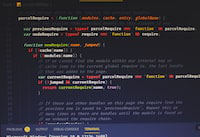 正版软件
正版软件
- PHPDoc 探幽之旅:轻松掌握代码文档生成
- 踏上PHPDoc之旅代码文档化在软件开发中至关重要,因为它提供了关于代码结构、功能和意图的重要信息。PHPDoc是一种用于php代码的强大文档化工具,它使您能够以结构化和可读的方式添加注释。PHPDoc的好处使用PHPDoc有许多好处,包括:提高代码可读性:注释提供了代码的作用和结构的清晰解释,从而使其易于阅读和理解。增强维护性:结构化的文档化使维护人员能够快速识别代码更改背后的逻辑和原因。简化协作:注释使团队成员能够轻松了解彼此的代码,促进协作和知识共享。生成文档:PHPDoc可以生成文档,例如api参
- 41分钟前 PHPDoc 代码文档化 PHP 注释 0
-
正版软件
- 分析PHP验证码无法显示的原因可能是复制粘贴导致
- 标题:PHP验证码复制粘贴导致不出现的原因分析在网站开发中,验证码是一种常见的安全验证机制,用于防止机器人恶意攻击和确保用户身份的安全。然而,有时候在页面中出现验证码不会显示的情况,很多开发者会遇到这个问题。其中一个常见的原因是验证码在复制粘贴操作中出现问题。本文将讨论PHP验证码不出现的原因,并给出具体的代码示例进行分析和解决。1.验证码复制粘贴导致不出
- 56分钟前 验证码 PHP 复制粘贴 0
-
正版软件
- WordPress安装问题解决大全
- WordPress是目前非常流行的网站搭建平台,但有时安装过程可能会遇到一些困难。本文将总结一些常见的WordPress安装问题,并提供解决办法及具体代码示例,希望能帮助大家顺利搭建自己的网站。问题一:数据库连接失败当尝试安装WordPress时,有时可能会遇到数据库连接失败的问题。这通常是因为数据库配置不正确所致。解决方法如下:打开WordPress安装目
- 1小时前 06:04 安装 解决 0
最新发布
-
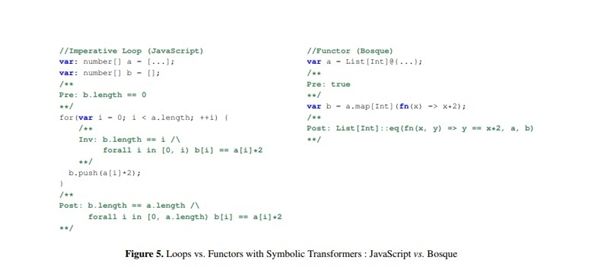 1
1
-
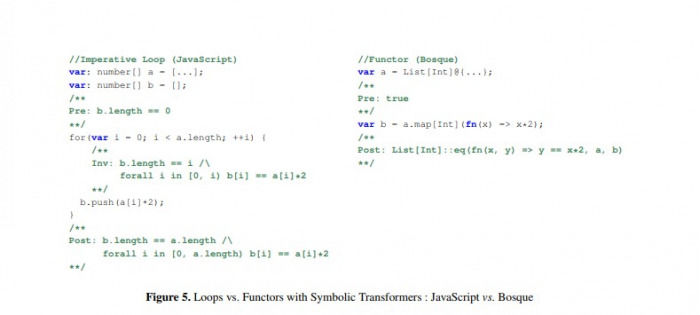 2
2
-
3
- Vue组件中如何处理图片预览和缩放问题
- 450天前
-
 4
4
-
 5
5
-
 6
6
- Python实战教程:批量转换多种音乐格式
- 621天前
-
7
- WebSocket协议的优势与劣势分析
- 451天前
-
8
- java动态代理实例代码分析
- 621天前
-
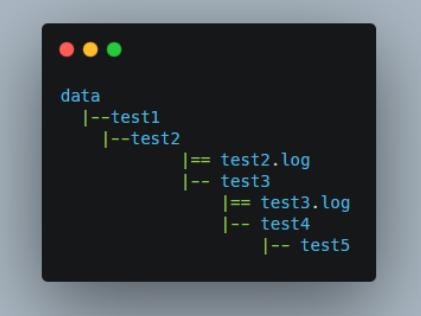 9
9
- java io文件操作删除文件或文件夹的方法
- 618天前
相关推荐
热门关注
-

- Xshell 6 简体中文
- ¥899.00-¥1149.00
-

- DaVinci Resolve Studio 16 简体中文
- ¥2550.00-¥2550.00
-

- Camtasia 2019 简体中文
- ¥689.00-¥689.00
-

- Luminar 3 简体中文
- ¥288.00-¥288.00
-
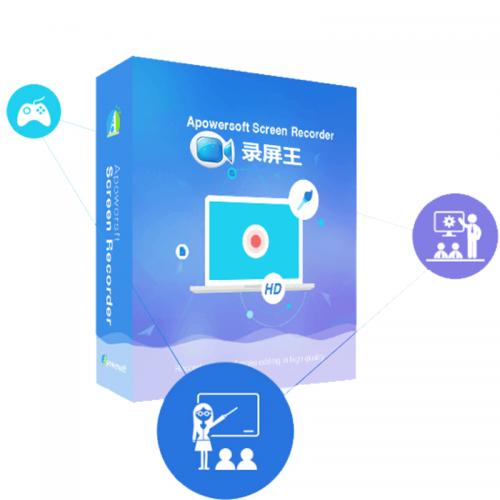
- Apowersoft 录屏王 简体中文
- ¥129.00-¥339.00